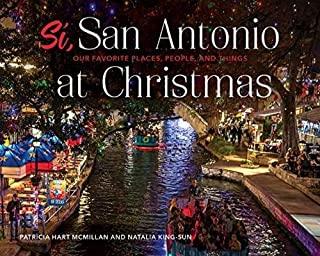
description
ng, wistful portrait of an all-but-gone way of life."--Boston Globe
A celebration of a way of life, and the people who lived it, in rural Vermont's Northeast Kingdom. In the early seventies, this was a land of sheep, cattle, work horses, wood-burning stoves, and outhouses--far removed in time and space from the industrial world.
In 1968 the photographer Richard Brown moved to the Northeast Kingdom, a remote corner of Vermont just barely entering the twentieth century. There he encountered a way of life--as it had been lived for generations--that was fast disappearing. A time when a farmer could make a living with a herd of thirty cows with a little sugaring or lumbering on the side.
Brown saw a pastoral vision where, "for the briefest interval, a window opened and the spirit of Vermont's past―granite hills cleared and formed, hard lives lived and lost, struggle and endurance, a harsh land made starkly beautiful by nature and man―was made palpable." He saw the land and also a people whose "endless hours of backbreaking, monotonous work were spent with a quiet ferocity" and who believed their "age-old labors were a struggle waged against time itself--labors that might just hold modernity at bay."
Over the years that followed, Brown did record it, with an 8 x 10″ large plate view camera. Not only the hauntingly beautiful landscape but also the people--grave, strong, resolute--who stayed and worked the stubborn hills and "did so with great but fierce attachment." The images still speak to our own need for attachment, simplicity, and a connection to the land.
A celebration of a way of life, and the people who lived it, in rural Vermont's Northeast Kingdom. In the early seventies, this was a land of sheep, cattle, work horses, wood-burning stoves, and outhouses--far removed in time and space from the industrial world.
In 1968 the photographer Richard Brown moved to the Northeast Kingdom, a remote corner of Vermont just barely entering the twentieth century. There he encountered a way of life--as it had been lived for generations--that was fast disappearing. A time when a farmer could make a living with a herd of thirty cows with a little sugaring or lumbering on the side.
Brown saw a pastoral vision where, "for the briefest interval, a window opened and the spirit of Vermont's past―granite hills cleared and formed, hard lives lived and lost, struggle and endurance, a harsh land made starkly beautiful by nature and man―was made palpable." He saw the land and also a people whose "endless hours of backbreaking, monotonous work were spent with a quiet ferocity" and who believed their "age-old labors were a struggle waged against time itself--labors that might just hold modernity at bay."
Over the years that followed, Brown did record it, with an 8 x 10″ large plate view camera. Not only the hauntingly beautiful landscape but also the people--grave, strong, resolute--who stayed and worked the stubborn hills and "did so with great but fierce attachment." The images still speak to our own need for attachment, simplicity, and a connection to the land.
member goods
No member items were found under this heading.
Return Policy
All sales are final
Shipping
No special shipping considerations available.
Shipping fees determined at checkout.







